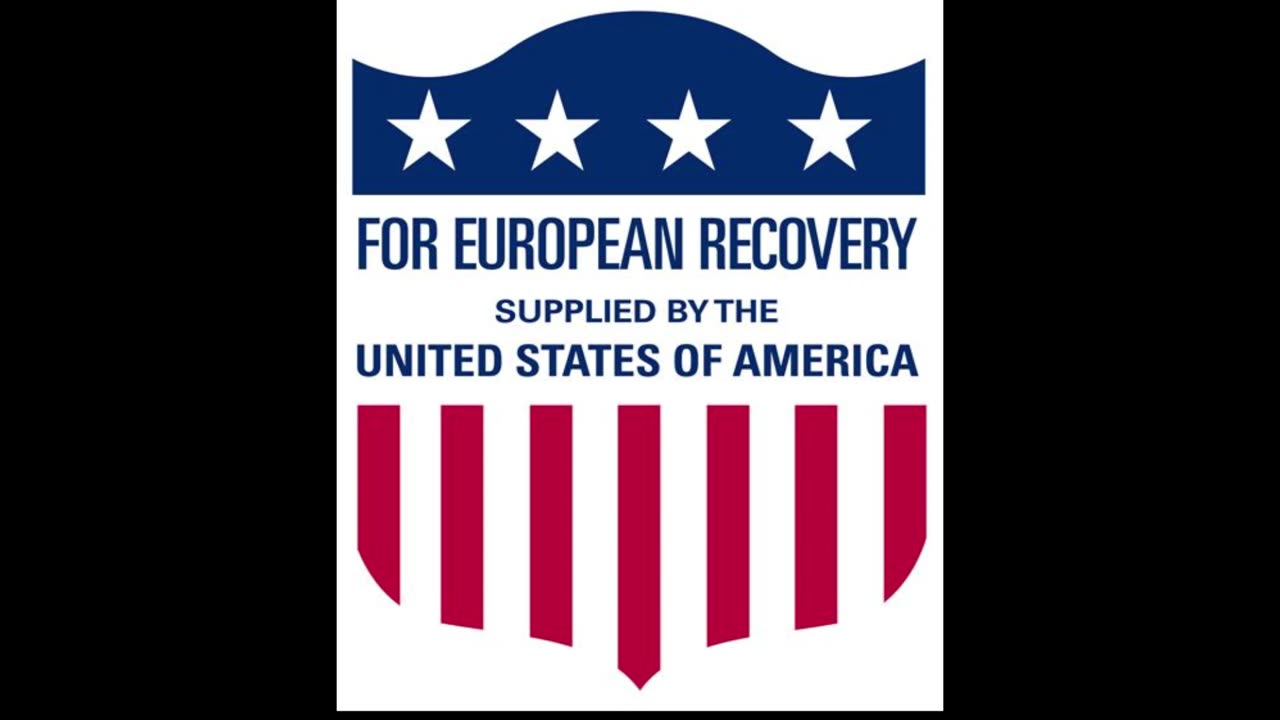Premium Only Content

The Marshall Plan
The Marshall Plan, officially known as the European Recovery Program (ERP), was an American initiative to aid Western Europe, in which the United States gave over $12 billion (approximately $128 billion in current dollar value) in economic assistance to help rebuild Western European economies after the end of World War II. Proposed by Secretary of State George C. Marshall in 1947, the plan was in operation for four years beginning in April 1948.
The primary goals of the Marshall Plan were to rebuild war-torn regions, remove trade barriers, modernize industry, improve European prosperity, and prevent the spread of communism. The initiative is credited with revitalizing the European economy during the post-war period and fostering the creation of a more united Europe.
Under the plan, the United States provided funds to the countries of Western Europe, the majority of which were used to purchase goods and services from the United States, thus also acting as a stimulus for the American economy. The Marshall Plan required a lessening of intra-European trade barriers, a drop in restrictions on commerce with other European countries, and the introduction of modern business procedures.
The success of the Marshall Plan is often debated. Supporters credit it with helping to lay the foundation for the modern European economy and the European Union, arguing that it was crucial for Europe's economic recovery and helped to ensure the stability and security of the continent. Critics, however, argue that Europe was already on the path to recovery and that the Marshall Plan's impact was exaggerated or that it served more as a tool of American economic and political interests.
Regardless, the Marshall Plan remains a significant example of international aid and economic recovery efforts, showcasing the potential for economic assistance to foster international cooperation and rebuild economies in the aftermath of conflict.
-
 41:56
41:56
Ben Shapiro
1 hour agoBattling For The Heart of Western Civilization | @ CPAC Hungary
2.69K10 -
 2:05:18
2:05:18
Side Scrollers Podcast
3 hours agoZelda Played By Trans Actor? + Asmongold REMOVED for “Beliefs” + More | Side Scrollers LIVE
1.11K1 -
 1:13:45
1:13:45
Steven Crowder
5 hours agoAndrew Wilson on the Infiltration of the Church: Feminism, NGOs and the Battle for Christianity!
145K142 -
 LIVE
LIVE
The Dana Show with Dana Loesch
2 hours agoWATCH: The Dana Show LIVE on Rumble! FRIDAY MAY 30 2025
463 watching -
 44:28
44:28
The Rubin Report
3 hours agoDavid Hogg Caught on Hidden Camera Admitting Who Really Ran the White House
48.4K36 -
 1:34:43
1:34:43
Flyover Conservatives
13 hours agoFrom Gold Star Mom to Political Prisoner: Why Tina Peters Needs You NOW; Top 5 Tips for Success - Clay Clark | FOC Show
22K3 -
 1:36:00
1:36:00
The Shannon Joy Show
3 hours ago🔥🔥LIVE Exclusive w/ Naomi Wolf! The MAHA Headlines Are FALSE. CDC HAS NOT Fully Removed The COVID Vaccine Recommendations For Children & Pregnant Woman🔥🔥
13K3 -
 LIVE
LIVE
GloryJean
4 hours agoLC10 is INSANE ️🔥 High Action Gameplay w/ C4 Energy
53 watching -
 1:00:48
1:00:48
Dr. Eric Berg
4 days agoThe Dr. Berg Show LIVE May 30, 2025
24.1K5 -
 1:00:41
1:00:41
VINCE
5 hours agoHere's The Plan To END Trafficking In The US (w/ Tom Homan) | Episode 54 - 05/30/25
245K140